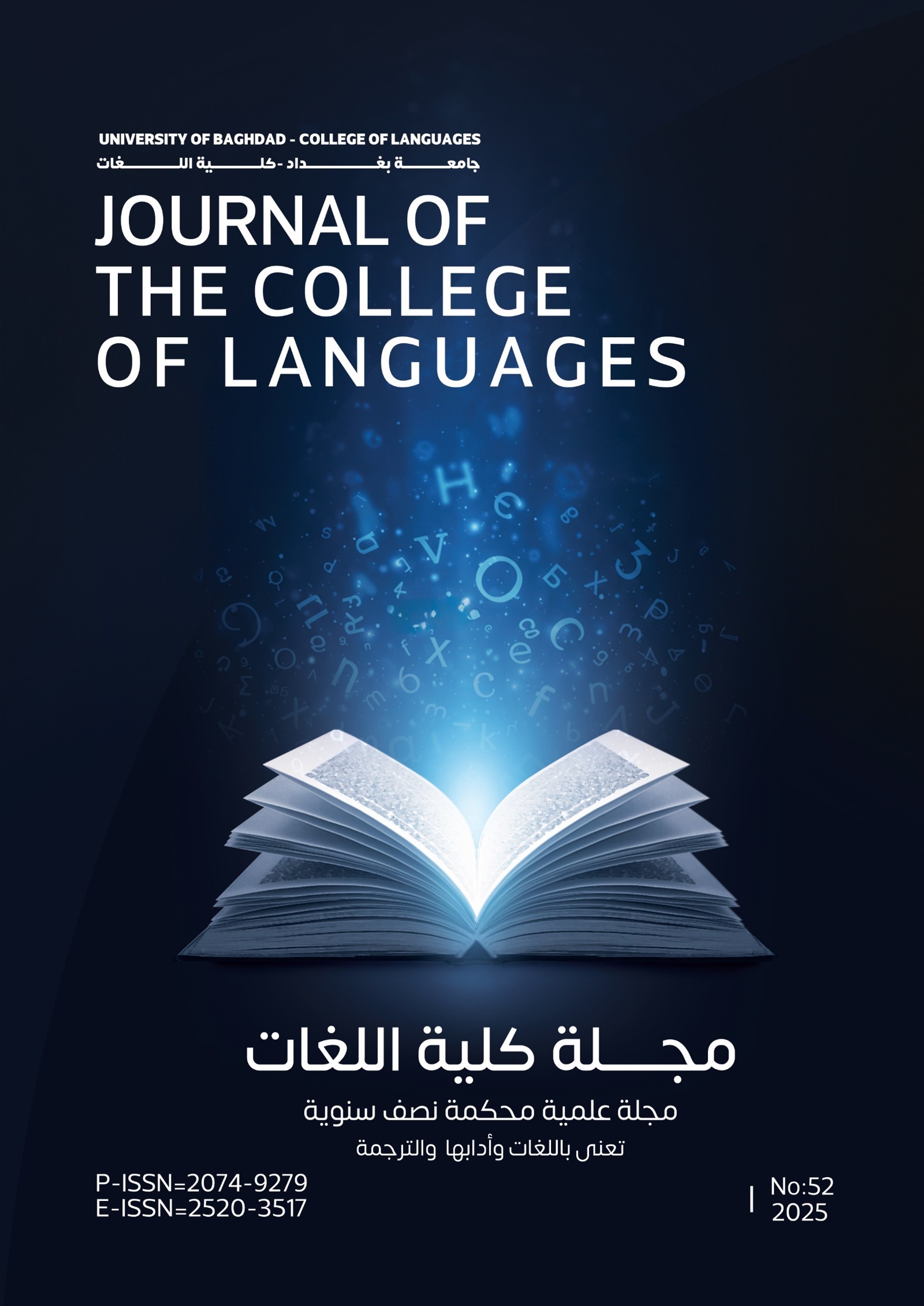The Challenges of Translation from Persian to Arabic In Light of the Equivalence Theory of Mona Baker; Equivalence at the Word Level
DOI:
https://doi.org/10.36586/jcl.2.2023.0.47.0280Keywords:
Translation from Farsi to Arabic , Theories of Translation , Mona Baker ,Theory of TakafuAbstract
This dissertation studies the application of equivalence theory developed by Mona Baker in translating Persian to Arabic. Among various translation methodologies, Mona Baker’s bottom-up equivalency approach is unique in several ways. Baker’s translation approach is a multistep process. It starts with studying the smallest linguistic unit, “the word”, and then evolves above the level of words leading to the translation of the entire text. Equivalence at the word level, i.e., word for word method, is the core point of Baker’s approach.
This study evaluates the use of Baker’s approach in translation from Persian to Arabic, mainly because finding the correct equivalence is a major challenge in this translation. Additionally, Persian and Arabic languages are closely related. More than 60% of the Persian vocabulary is derived from Arabic roots. We applied Baker’s approach to the translation process by translating words contained in the source texts in this work. We have followed the structures that were developed by Baker in this process. After presenting the results from the vocabulary translation, we introduced the problems that arise from using Baker’s method. Finally, we provided a very detailed discussion and data analysis on the use of Baker’s approach for the Persian-to Arabic translation.
References
Basil, H & Jeremy, M. )2004(. Translation an advanced resource book Routledge. London.
Bell, R.T. (1993). Translation and Translating: Theory and Practice. (2nd ed.). New York, NY: Longman.
Gonzalez , G. )2003 (. L’équivalence en traduction juridique : Analyse des traductions au sein de l’Accord de libre échange Nord-Américain . Québec.
Harvey, S.G.J. & Higgins, I. .(1992). Thinking Translation : A Course in Translation Method, French-English. New York: Taylor & Francis Rutledge.
House, J. (2001). Translation Quality Assessment: Linguistic Description versus Social Evaluation. Translators' Journal.
Munday, J. (2008). Introducing Translation Studies. (2nd ed.). London and New York: Rutledge.
Munday, J. (2009). The Rutledge Companion to Translation Studies. London and New York: Rutledge.
Nida, E. A. (1964).Toward a science of Translating, E.J. Brill, Leiden.
Jakobson, R. )2003) . In Michel Oustinoff. Presses Universities des France.
House. J.) 2009(. In The Routledge. Compassion to Translation Studies. By Jeremy Munday. Routledge. London.
Downloads
Published
Issue
Section
License
Copyright (c) 2022 Journal of the College of Languages (JCL)

This work is licensed under a Creative Commons Attribution 4.0 International License.








